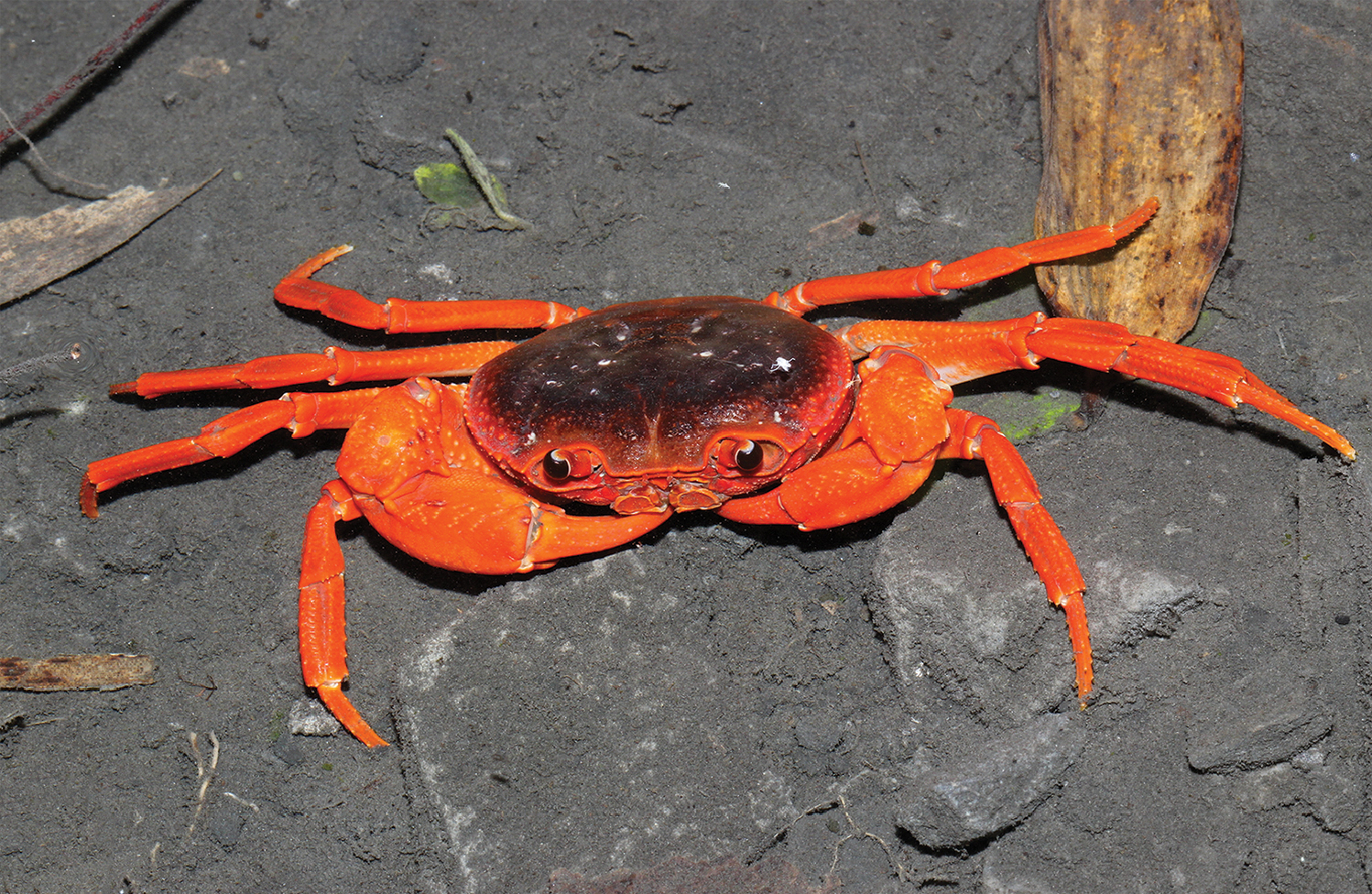The new breed of so called super-fleas, which are far bigger than 'normal' fleas, are expected to come out of hibernation early this year.
The flea has a penis which is two-and-a-half times the length of its body - the largest genitalia relative to size of any bug on earth.
With yesterday being the first day of autumn and the night's drawing in, the fleas are about to leap indoors to relax in our warm homes.
Conditions for flea breeding have been perfect with a mild summer and the right amount of rain and damp weather.
The new flea breed is believed to have come from Europe over the past few years.
Rob Simpson, of pest control group Basis Prompt, warned that the super-fleas will come out of much earlier than expected.
"Fleas which would usually remain dormant for much longer, became active sooner, leading to more prolific breeding and therefore a larger population," he said.
Warm, damp summers and mild winters, along with improved central heating and home insulation, have made life easy for fleas, bed bugs and head lice all year round, and their numbers have risen.read more


